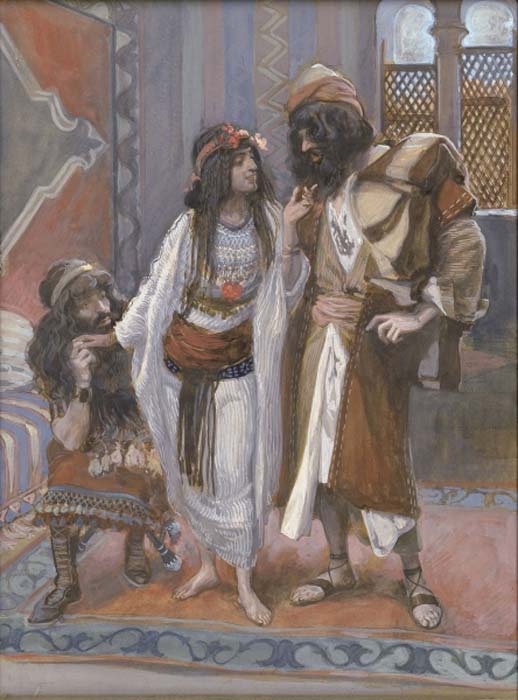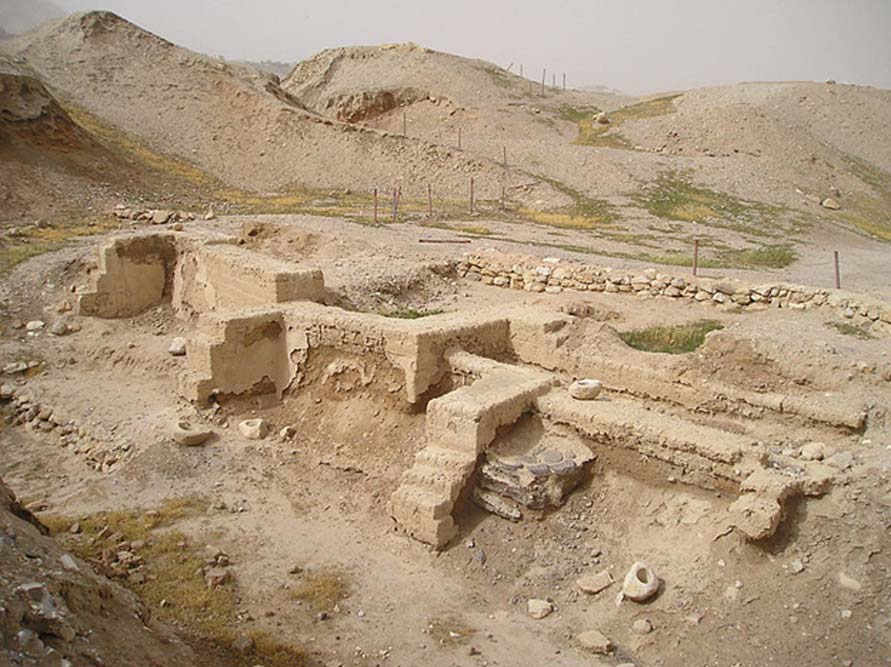
Ark of the Covenant: Destruction, War & Plague – Part II
One of history’s most intriguing ancient mysteries remains the elusive and legendary Ark of the Covenant, also known as the Ark of the Testimony. According to Biblical sources, it was constructed after Moses had freed the Israelites from Egypt in the wilderness, and items of spiritual significant were placed in the chest.
After crossing the Jordan with the Ark, Joshua ordered his men to remove the twelve stones holding back the water, indicating that there was no retreat and no surrender. If you want to fulfill the promise, you must fight to the death.
The Shout that Made Jericho Fall
According to Joshua 6:1-27, the Israelite army carried the Ark around Jericho once a day for seven days and on the seventh day they made a tremendous shout, and the walls came tumbling down. This may be partially true, but with a twist: Understand that Joshua was within the vicinity of Jericho at a place called Gilgal. Joshua would have sent spies out to traverse the land and to gather intelligence from the locals. One such place was the fortified city of Jericho. Once the spies were inside they went to an inn. Why an inn you may ask? Because an inn is where you will hear all the gossip from the citizens right down to the traveling merchant. It was here that the spies are said to have met with a Canaanite prostitute by the name of Rahab. She informed them much about the city and soldiers that resided within.

Rahab (center) in James Tissot's The Harlot of Jericho and the Two Spies. Between circa 1896 and circa 1902 (Public Domain)
The city of Jericho was not large, roughly 8.5 square acres or 1,400 meters (370,000 square feet) in circumference, with a population roughly between 2,400-2,600 inhabitants. Given the size of the population, the city of Jericho could muster between 500-600 men to defend the city walls, which meant roughly every 2.74 meters (nine feet) a soldier would be stationed.

Dwelling foundations unearthed at Tell es-Sultan in Jericho (Abraham/Public Domain)
Joshua informed the officers that Jericho was shut tight; no one enters or leaves, which suggested that even the local farmers sought refuge behind the walls. This told Joshua that the king of Jericho has not the capability to field an army. While a direct attack will do more harm than good, Joshua takes an indirect approach to overcome the city’s defenses. He explained to his officers where the location of Rahab’s window is on the city wall. Joshua made it clear to his officers that on the day of battle, the army, which was roughly between 8,000 and 9,000 men, was to concentrate most of its effort on marching in a column around the city for six days in silence.




